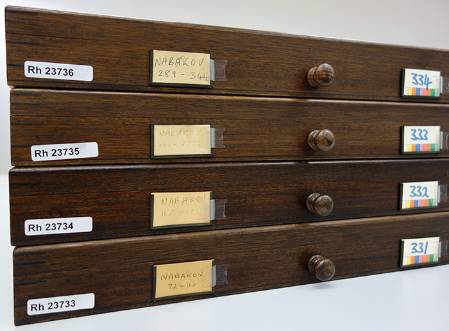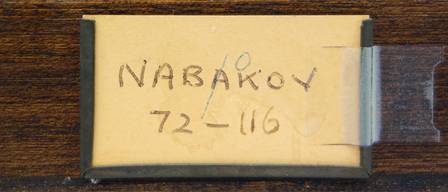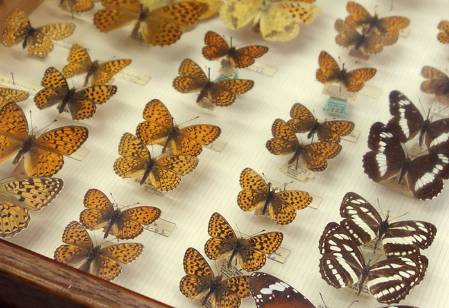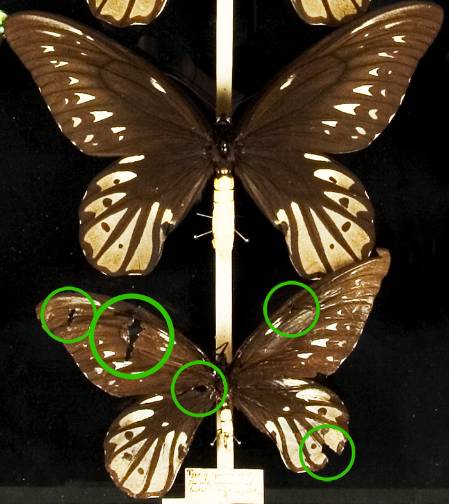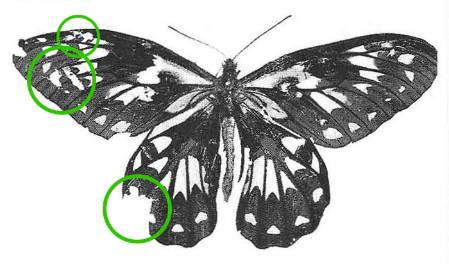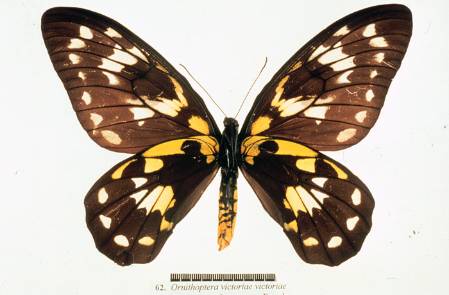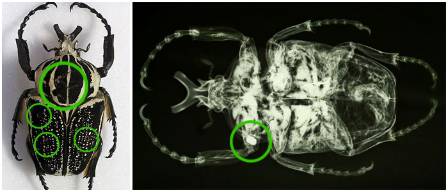It's 56 years ago this week that Vladimir Nabokov's novel Lolita was published in America (55 years in the UK).
What does that have to do with the Museum, you might ask?
Well, the Russian-born writer was also a keen lepidopterist. He published nine scientific papers on butterflies, developed a pioneering theory of butterfly evolution, and even worked for eight years at the Harvard Museum of Comparative Zoology arranging their collection of Lepidoptera.
Such was his love of the winged creatures that he is quoted in a 1967 edition of the Paris Review as saying:
The pleasures and rewards of literary inspiration are nothing beside the rapture of discovering a new (butterfly) organ under the microscope or an undescribed species on a mountainside in Iran or Peru. It is not improbable that had there been no revolution in Russia, I would have devoted myself entirely to lepidopterology and never written any novels at all.
Vladimir Nabokov
His specific connection to the Museum came in the 1960s, when he approached our Entomology Department (now the Insects Division) about a book he was working on called The Butterflies of Europe. It was to include over 700 butterflies and he wanted to illustrate it with photographs of specimens from our collection.
Nabokov wanted the book to be the most comprehensive work on European butterflies ever completed. But alas, it was never completed. The publishers said Nabokov was discouraged by the daunting nature of the task; Nabokov said the publishers wouldn't provide enough money to fund it.
But the legacy of Nabokov's butterfly book publishing dream lives on in the Museum's collection to this day, where a handful of drawers still contain specimens the author requested to photograph, labelled with his name (albeit incorrectly spelt).
The drawers contain butterflies from the Nymphalidae and Hesperiidae families, including half a dozen British species.
Butterflies personally collected by Vladimir Nabokov are housed at the American Museum of Natural History, Harvard and Cornell university museums, the Swiss Zoological Museum in Lausanne, and the Nabokov Museum established in the St. Petersburg house where he was born.



